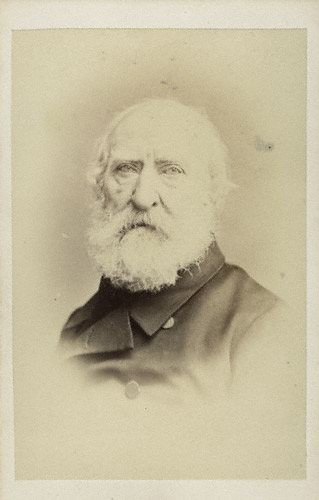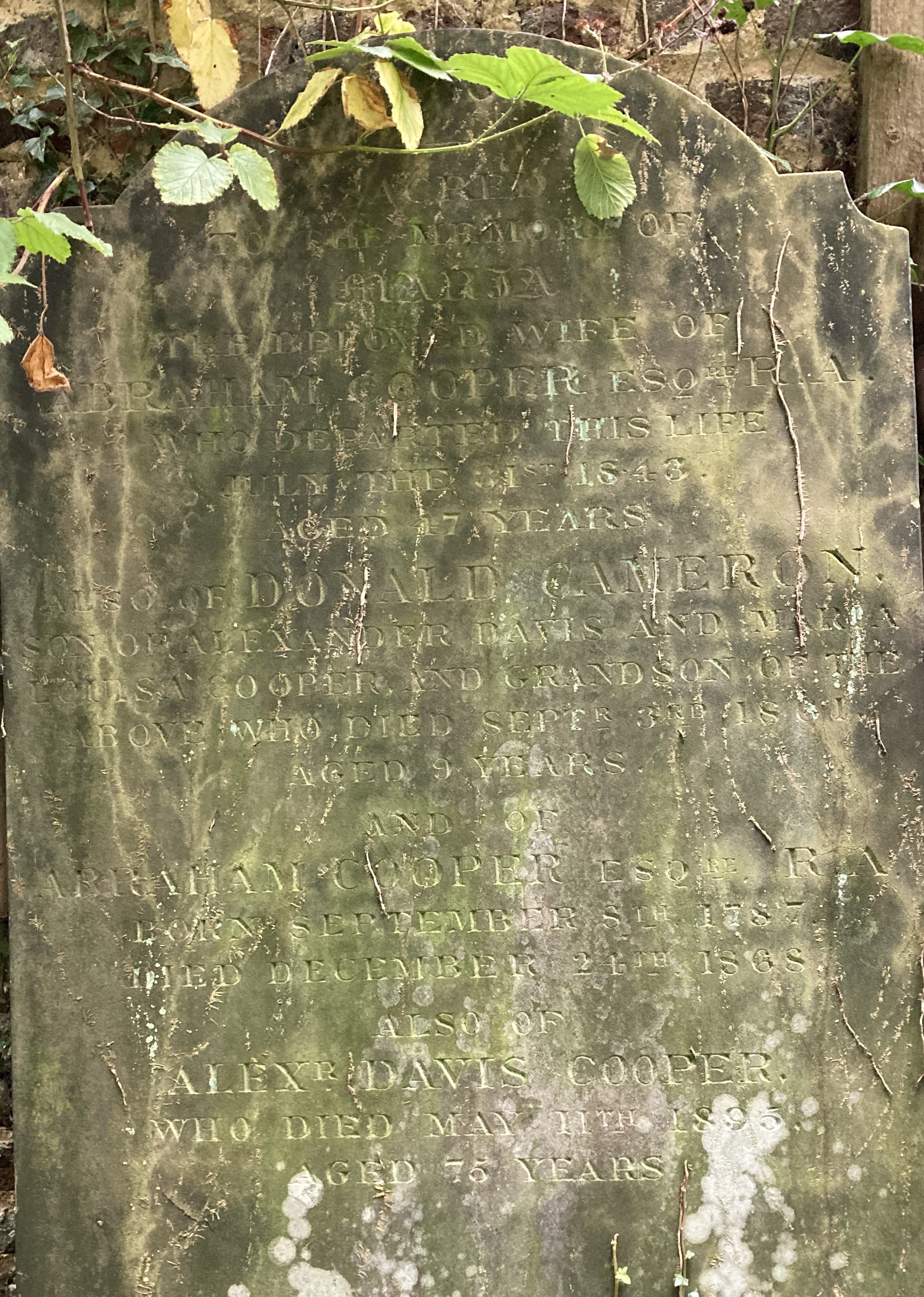Abraham Cooper on:
[Wikipedia]
[Google]
[Amazon]

 Abraham Cooper (1787–1868) was a British animal and battle painter.
Abraham Cooper (1787–1868) was a British animal and battle painter.
 The son of a tobacconist, he was born in
The son of a tobacconist, he was born in "Fighting for the Standard at the Battle of Marston Moor"
Image:CribandRosa1811.jpg, '' Crib and Rosa'', 1817
Image:Abraham_Cooper_-_Tam_O'Shanter.png, ''Tam O'Shanter''
Image:Richard III at the Battle of Bosworth by Abraham (Abram) Cooper.jpg, ''

 Abraham Cooper (1787–1868) was a British animal and battle painter.
Abraham Cooper (1787–1868) was a British animal and battle painter.
Life
 The son of a tobacconist, he was born in
The son of a tobacconist, he was born in Greenwich
Greenwich ( , ,) is a town in south-east London, England, within the ceremonial county of Greater London. It is situated east-southeast of Charing Cross.
Greenwich is notable for its maritime history and for giving its name to the Greenwich ...
, London on the 8th September 1787.Metropolitan Museum of Art
The Metropolitan Museum of Art of New York City, colloquially "the Met", is the largest art museum in the Americas. Its permanent collection contains over two million works, divided among 17 curatorial departments. The main building at 1000 ...
collections. Retrieved 10 June 2015 At the age of thirteen he became an employee at Astley's Amphitheatre
Astley's Amphitheatre was a performance venue in London opened by Philip Astley in 1773, considered the first modern circus ring. It was burned and rebuilt several times, and went through many owners and managers. Despite no trace of the theat ...
, and was afterwards a groom in the service of Henry Meux, a brewer and later the first of the Meux baronets. When he was twenty-two, wishing to possess a portrait of a favorite horse under his care, he bought a manual of painting, learned something of the use of oil-colours, and painted the picture on a canvas hung against the stable wall. His master bought it and encouraged him to continue in his efforts. He accordingly began to copy prints of horses, and was introduced to Benjamin Marshall, the animal painter, who took him into his studio, and seems to have introduced him to the '' Sporting Magazine'', an illustrated periodical to which he was himself a contributor.
In 1814 he exhibited his ''Tam O'Shanter'', and in 1816 he won a prize for his '' Battle of Ligny''. In 1817 he exhibited his ''Battle of Marston Moor
The Battle of Marston Moor was fought on 2 July 1644, during the Wars of the Three Kingdoms of 1639 – 1653. The combined forces of the English Parliamentarians under Lord Fairfax and the Earl of Manchester and the Scottish Covenanters und ...
'' and was made associate of the Royal Academy
The Royal Academy of Arts (RA) is an art institution based in Burlington House on Piccadilly in London. Founded in 1768, it has a unique position as an independent, privately funded institution led by eminent artists and architects. Its pur ...
, and in 1820 he was elected Academician. Cooper, although ill-educated, was a clever and conscientious artist; his colouring was somewhat flat and dead, but he was a master of equine portraiture and anatomy, and had some antiquarian knowledge. He had a special fondness for Cavalier
The term Cavalier () was first used by Roundheads as a term of abuse for the wealthier royalist supporters of King Charles I and his son Charles II of England during the English Civil War, the Interregnum, and the Restoration (1642 – ). ...
and Roundhead
Roundheads were the supporters of the Parliament of England during the English Civil War (1642–1651). Also known as Parliamentarians, they fought against King Charles I of England and his supporters, known as the Cavaliers or Royalists, who ...
pictures.
He died on the 24th December 1868 and is buried at the top of the western side of Highgate Cemetery
Highgate Cemetery is a place of burial in north London, England. There are approximately 170,000 people buried in around 53,000 graves across the West and East Cemeteries. Highgate Cemetery is notable both for some of the people buried there as ...
(plot no.830), against the north wall.
Paintings
* ''Bosworth Field'' (1825; Dallas Museum of Art, Dallas, Texas) * ''The Death of Sir Francis Russell, who was treacherously slain at a Border Meeting, July 16, 1585'' (1827;Duke of Bedford
Duke of Bedford (named after Bedford, England) is a title that has been created six times (for five distinct people) in the Peerage of England. The first and second creations came in 1414 and 1433 respectively, in favour of Henry IV's third so ...
, Woburn Abbey
Woburn Abbey (), occupying the east of the village of Woburn, Bedfordshire, England, is a country house, the family seat of the Duke of Bedford. Although it is still a family home to the current duke, it is open on specified days to visitors, ...
)
* ''Battle of Zutphen, 1586'' (1826; Duke of Bedford
Duke of Bedford (named after Bedford, England) is a title that has been created six times (for five distinct people) in the Peerage of England. The first and second creations came in 1414 and 1433 respectively, in favour of Henry IV's third so ...
, Woburn Abbey
Woburn Abbey (), occupying the east of the village of Woburn, Bedfordshire, England, is a country house, the family seat of the Duke of Bedford. Although it is still a family home to the current duke, it is open on specified days to visitors, ...
)
* ''The Battle of Marston Moor'' (1819; Harris Museum and Art Gallery, Preston)
* ''The Heroic Conduct of Cromwell at Marston Moor'' (1821; Chequers
Chequers ( ), or Chequers Court, is the country house of the Prime Minister of the United Kingdom. A 16th-century manor house in origin, it is located near the village of Ellesborough, halfway between Princes Risborough and Wendover in Buck ...
House, Buckinghamshire
Buckinghamshire (), abbreviated Bucks, is a ceremonial county in South East England that borders Greater London to the south-east, Berkshire to the south, Oxfordshire to the west, Northamptonshire to the north, Bedfordshire to the north-e ...
)
* ''Cromwell leading his Cavalry into Battle'' (Cambridgeshire
Cambridgeshire (abbreviated Cambs.) is a county in the East of England, bordering Lincolnshire to the north, Norfolk to the north-east, Suffolk to the east, Essex and Hertfordshire to the south, and Bedfordshire and Northamptonshire to t ...
Museums, at Cromwell House, Huntingdon
Huntingdon is a market town in the Huntingdonshire district in Cambridgeshire, England. The town was given its town charter by John, King of England, King John in 1205. It was the county town of the historic county of Huntingdonshire. Oliver Cr ...
)
* ''Battle Scene'' (attr.) ( Guildhall Art Gallery, London)
* ''Wellington's First Great Victory - The Battle of Assaye'' ( The Light Dragoons)
* ''The Battle of Ligny'' (Lord Egremont, Petworth House
Petworth House in the parish of Petworth, West Sussex, England, is a late 17th-century Grade I listed country house, rebuilt in 1688 by Charles Seymour, 6th Duke of Somerset, and altered in the 1870s to the design of the architect Anthony Sa ...
)
Gallery
Richard III
Richard III (2 October 145222 August 1485) was King of England and Lord of Ireland from 26 June 1483 until his death in 1485. He was the last king of the House of York and the last of the Plantagenet dynasty. His defeat and death at the Bat ...
and the Earl of Richmond During the Battle of Bosworth Field
The Battle of Bosworth or Bosworth Field was the last significant battle of the Wars of the Roses, the civil war between the houses of Lancaster and York that extended across England in the latter half of the 15th century. Fought on 22 Augu ...
''
File:Print,_1866,_by_Edward_Hacker_(1813-1905),_after_Abraham_Cooper,_RA,_(1787–1868),_shooting_scene,_UK.jpg, Engraving after Cooper, by Edward Hacker (1813–1905), 1866.
References
Works about
* Harrington, Peter (1993). ''British Artists and War: The Face of Battle in Paintings and Prints, 1700–1914.'' London: Greenhill.External links
* {{DEFAULTSORT:Cooper, Abraham 1787 births 1868 deaths Painters from London 19th-century English painters English male painters Equine artists Royal Academicians 19th-century English male artists Burials at Highgate Cemetery